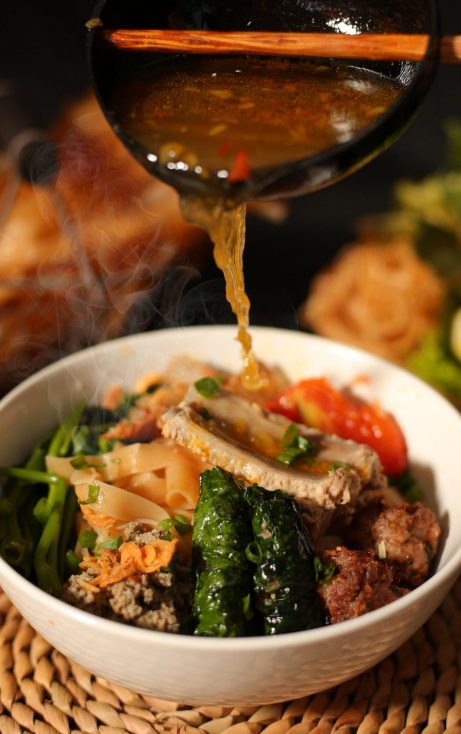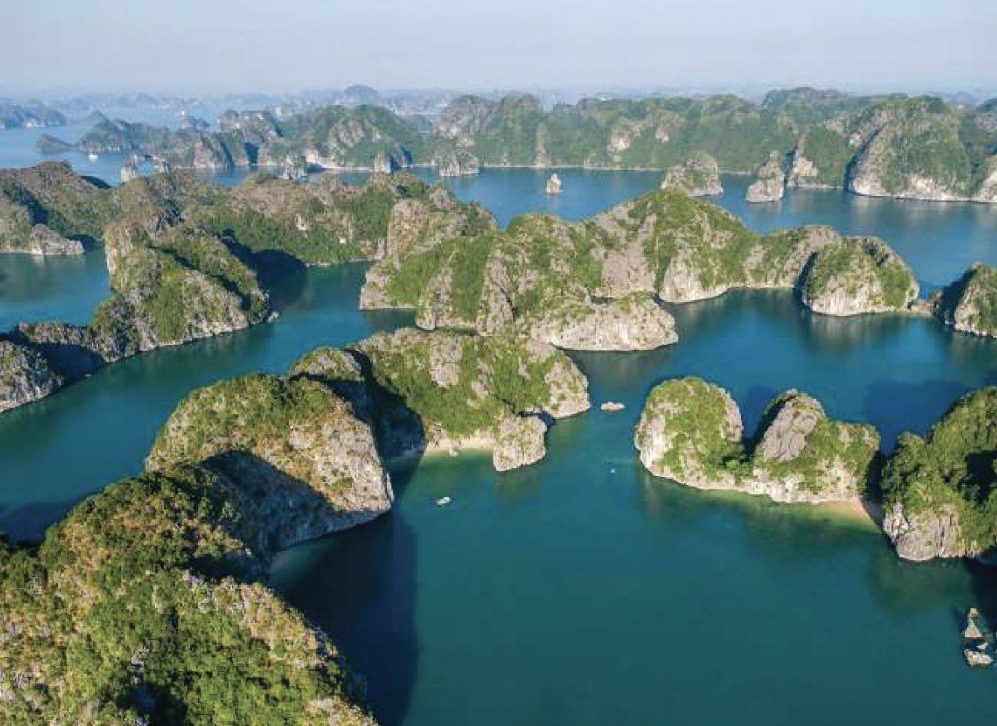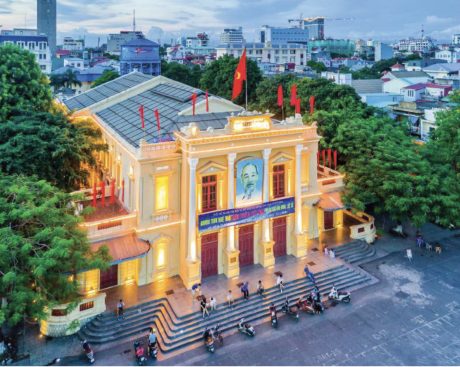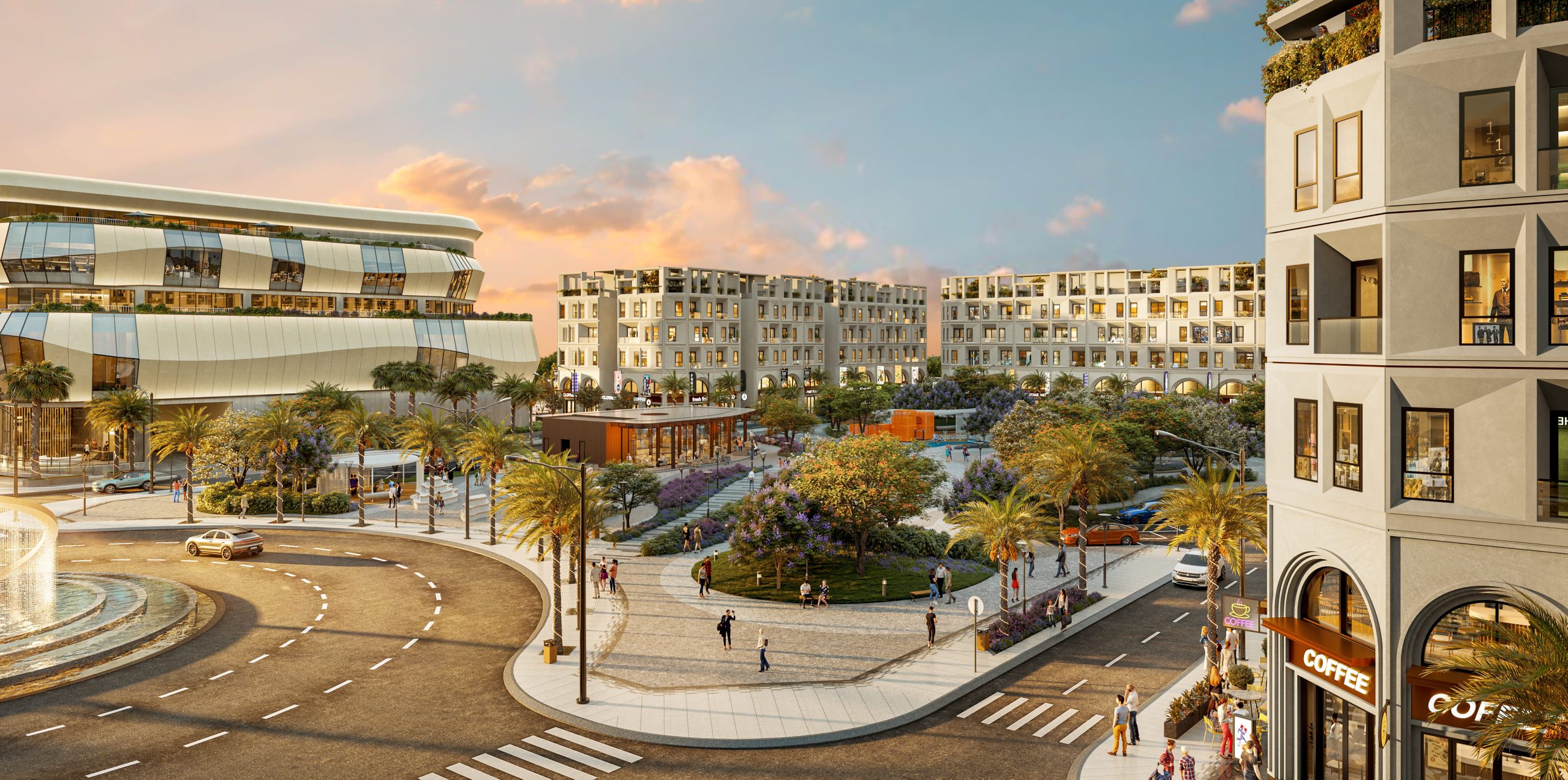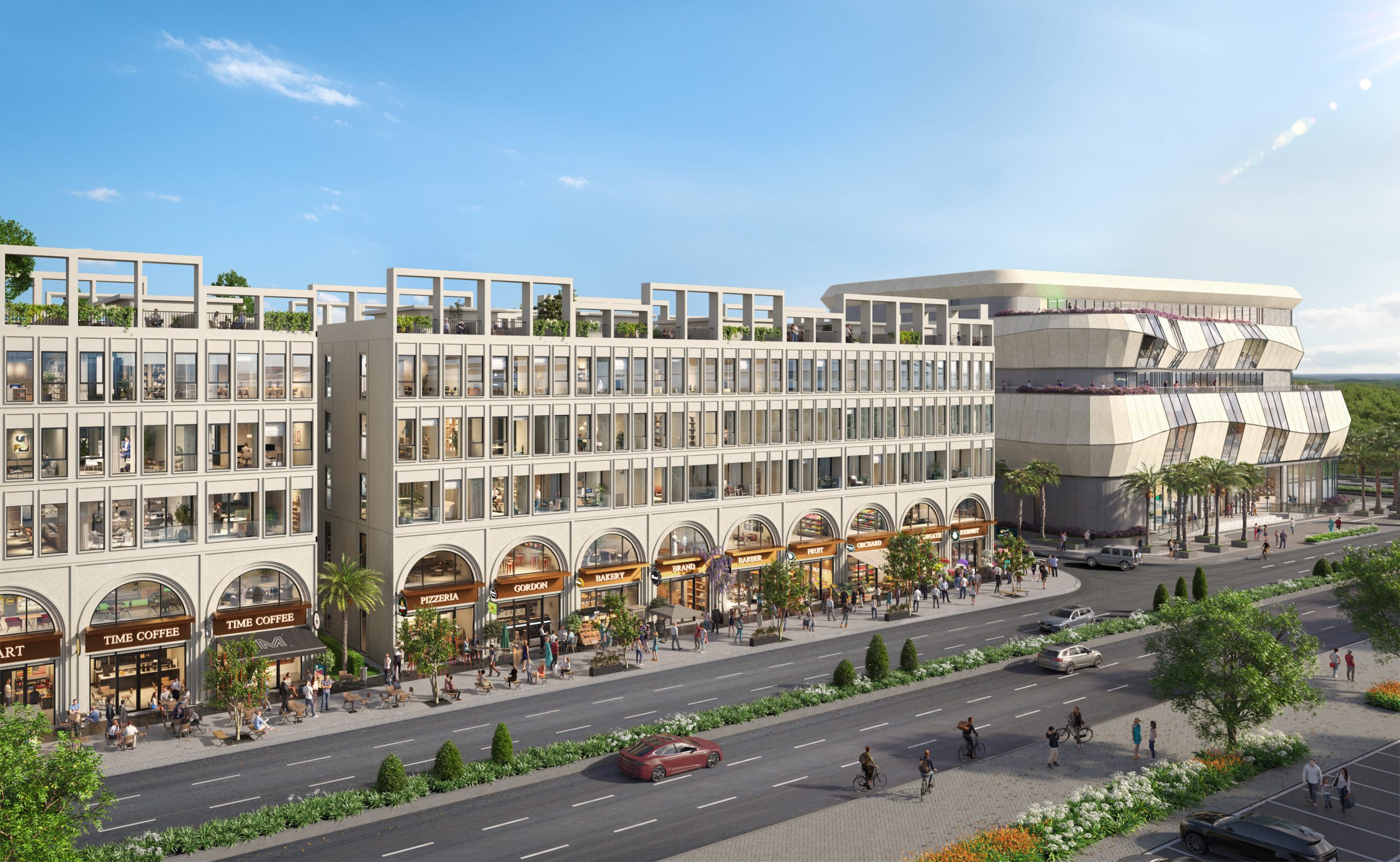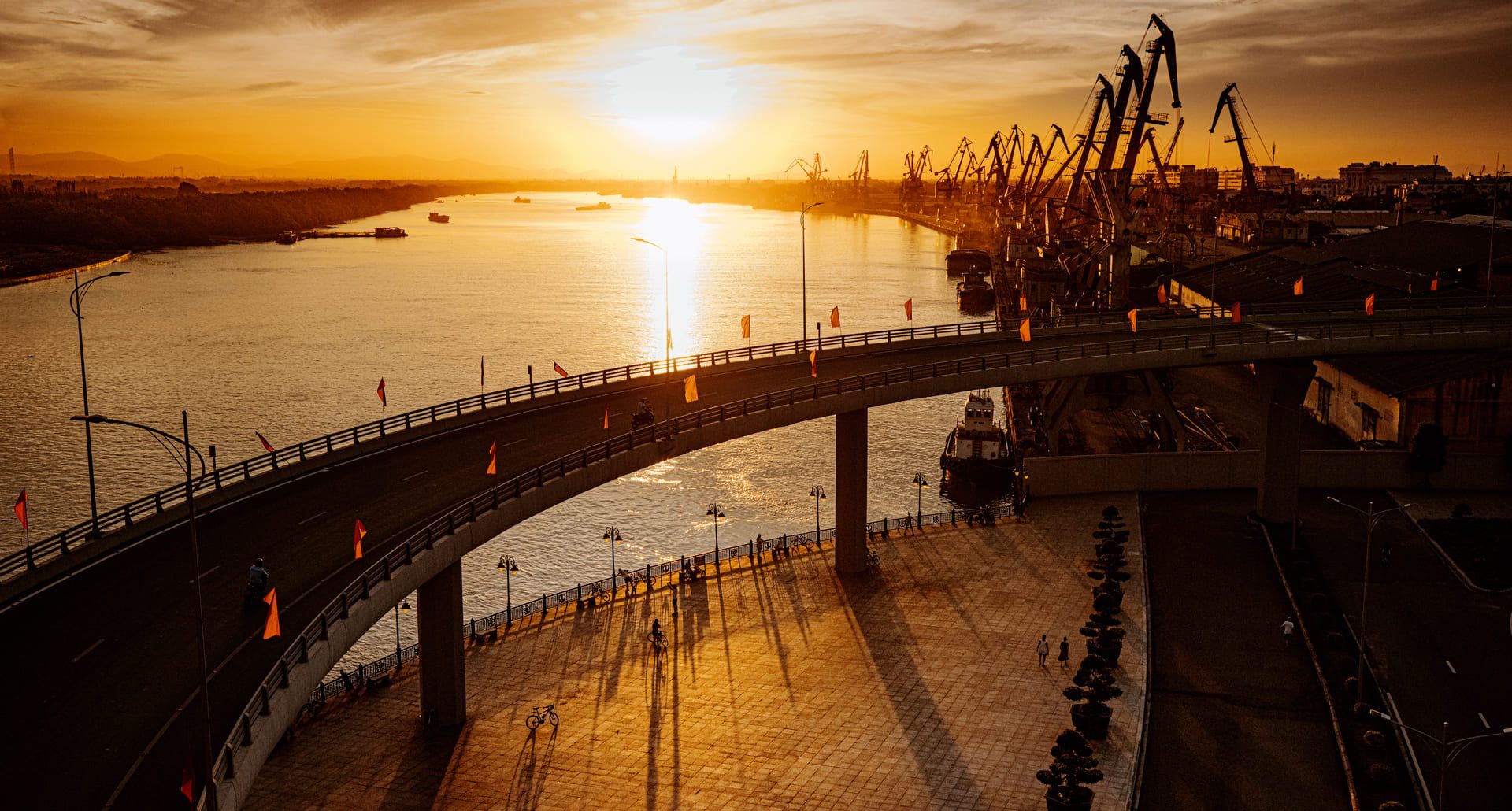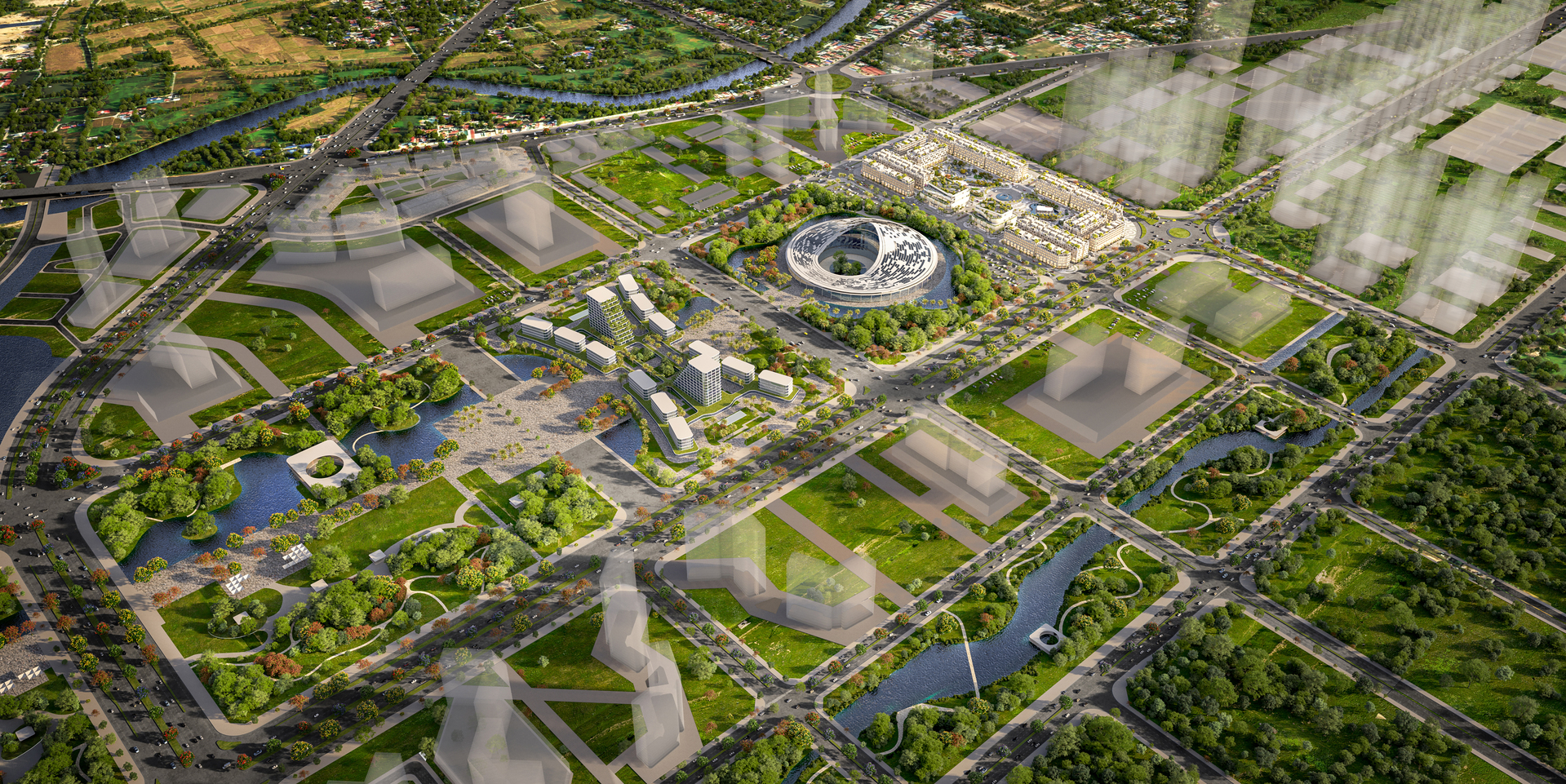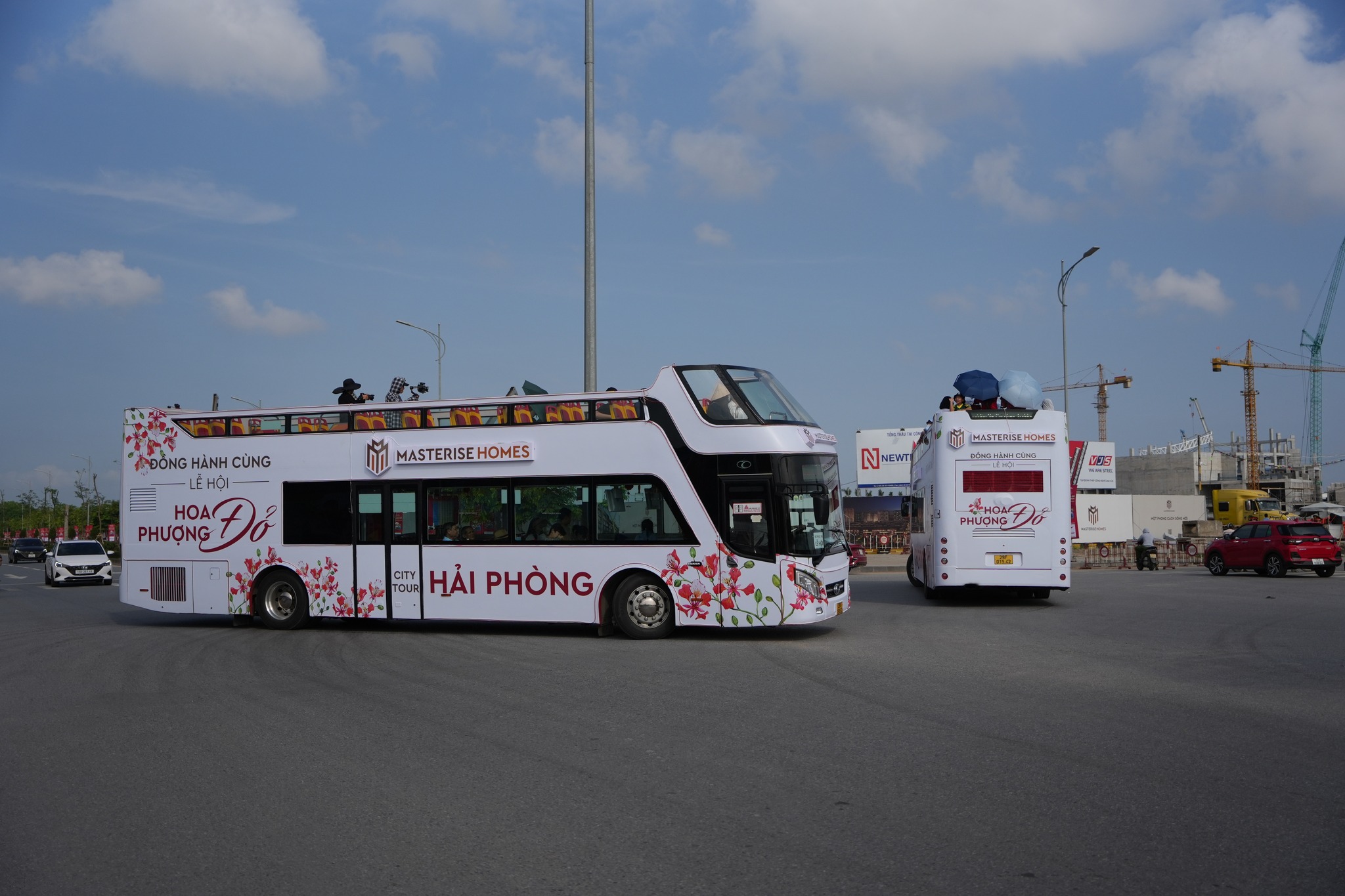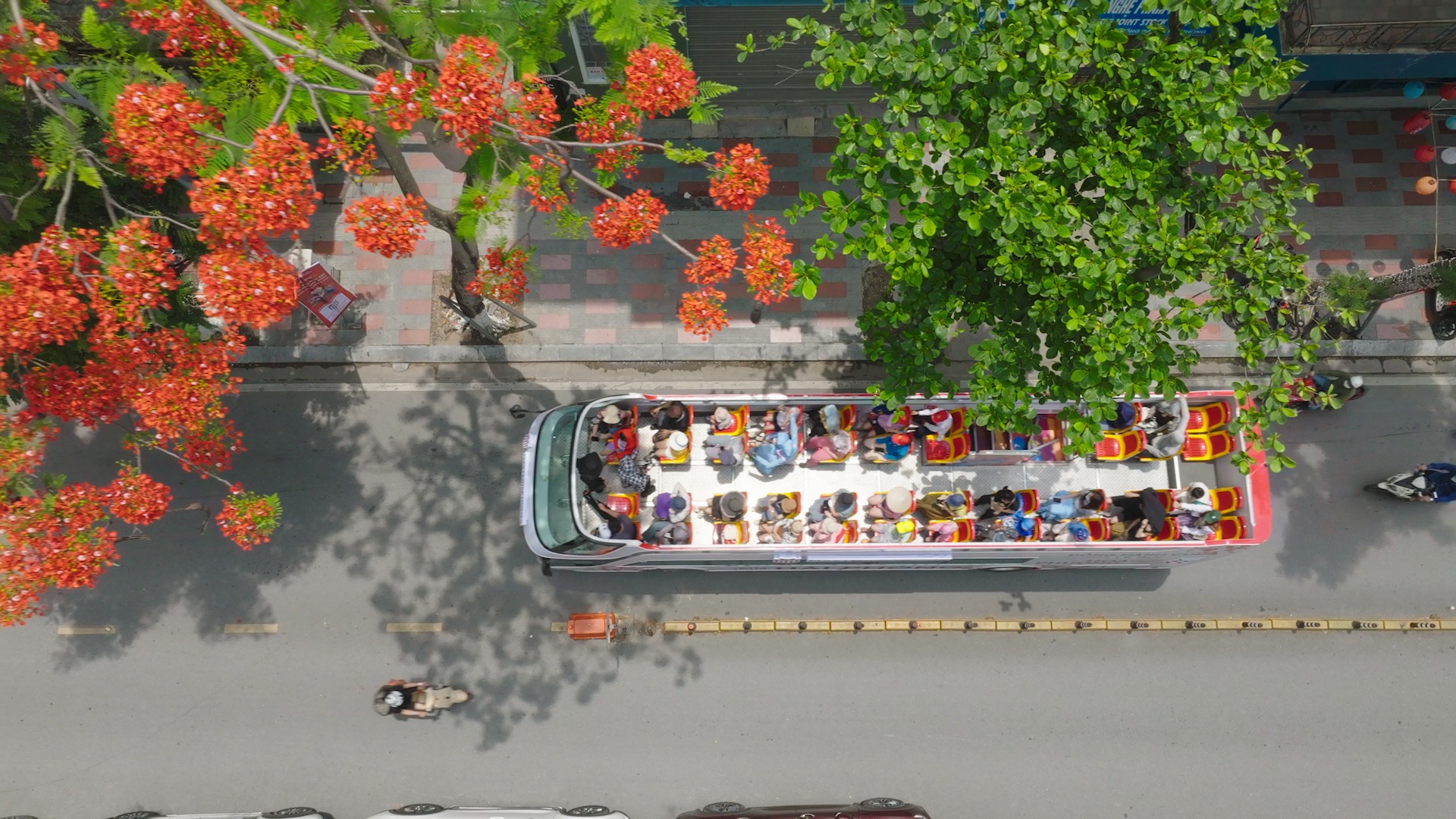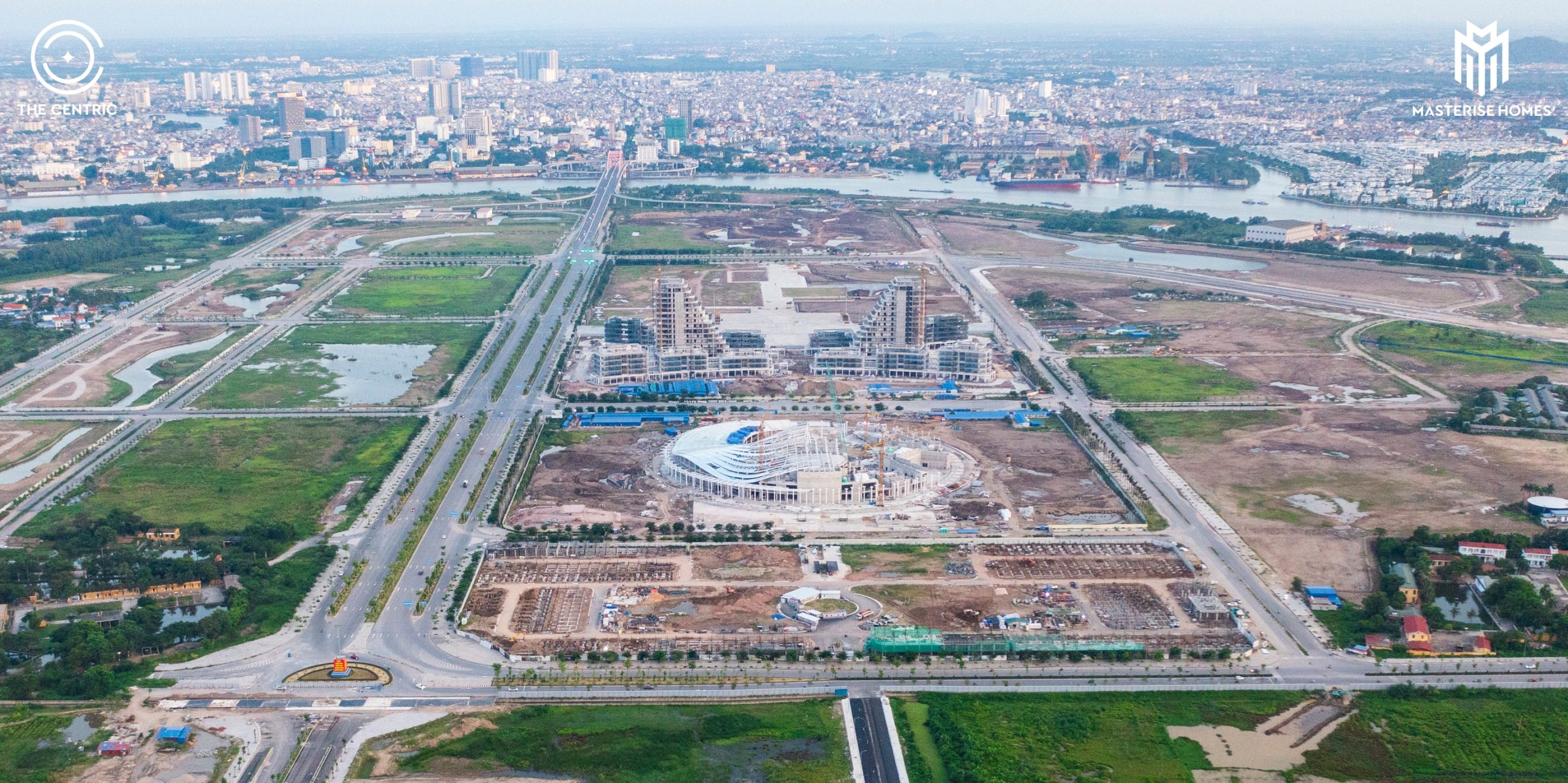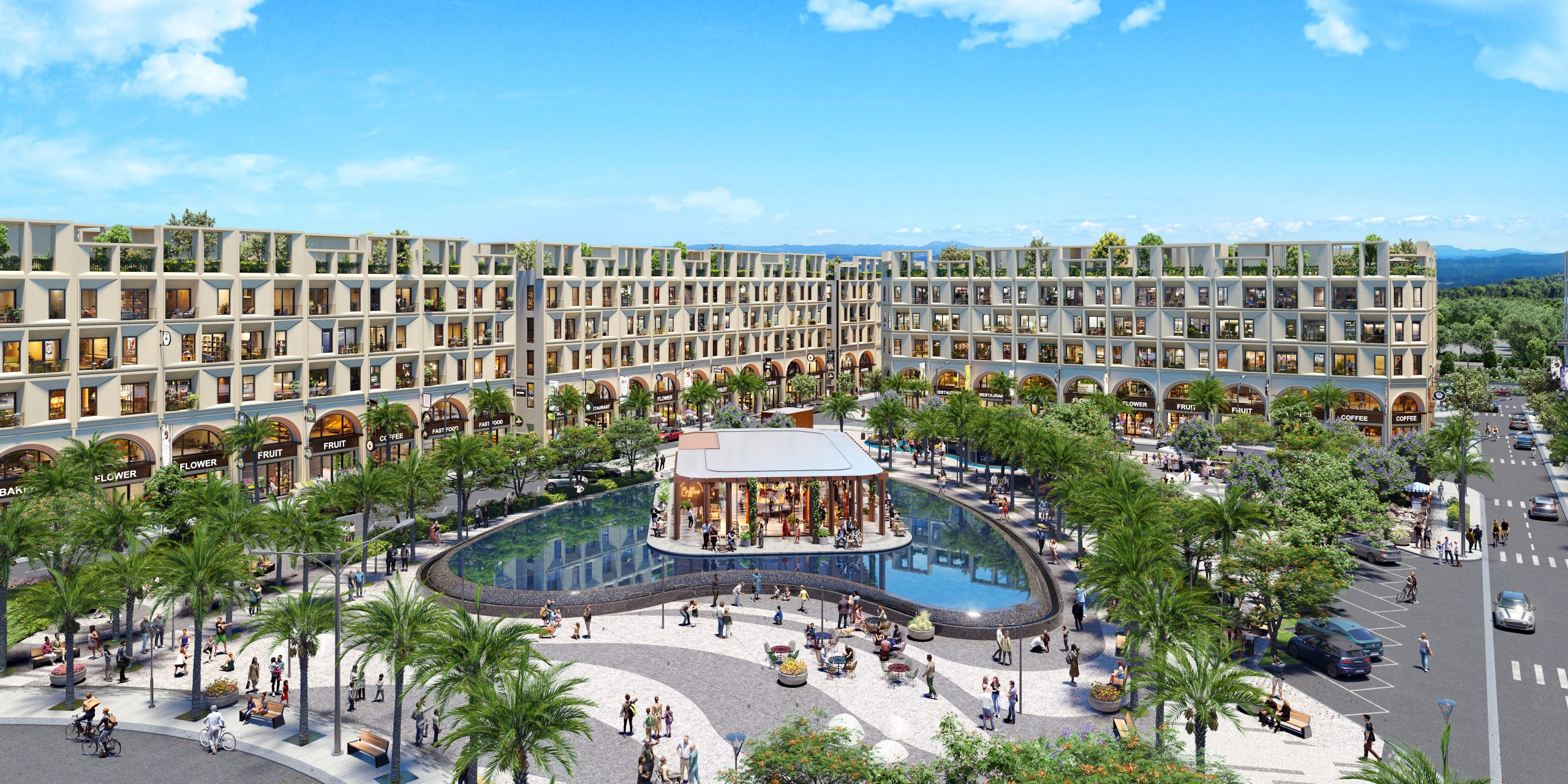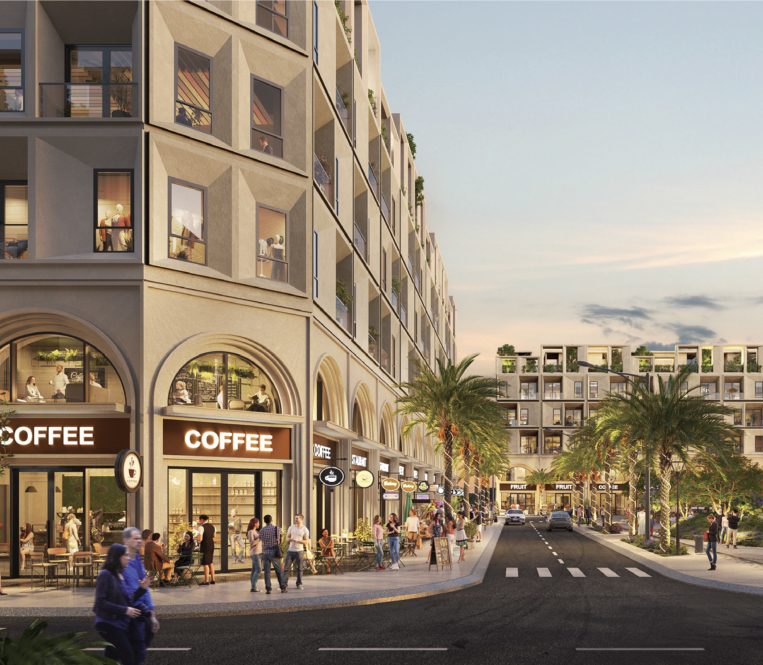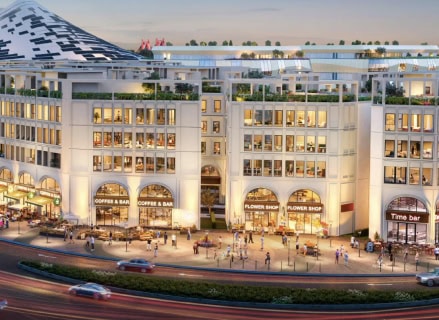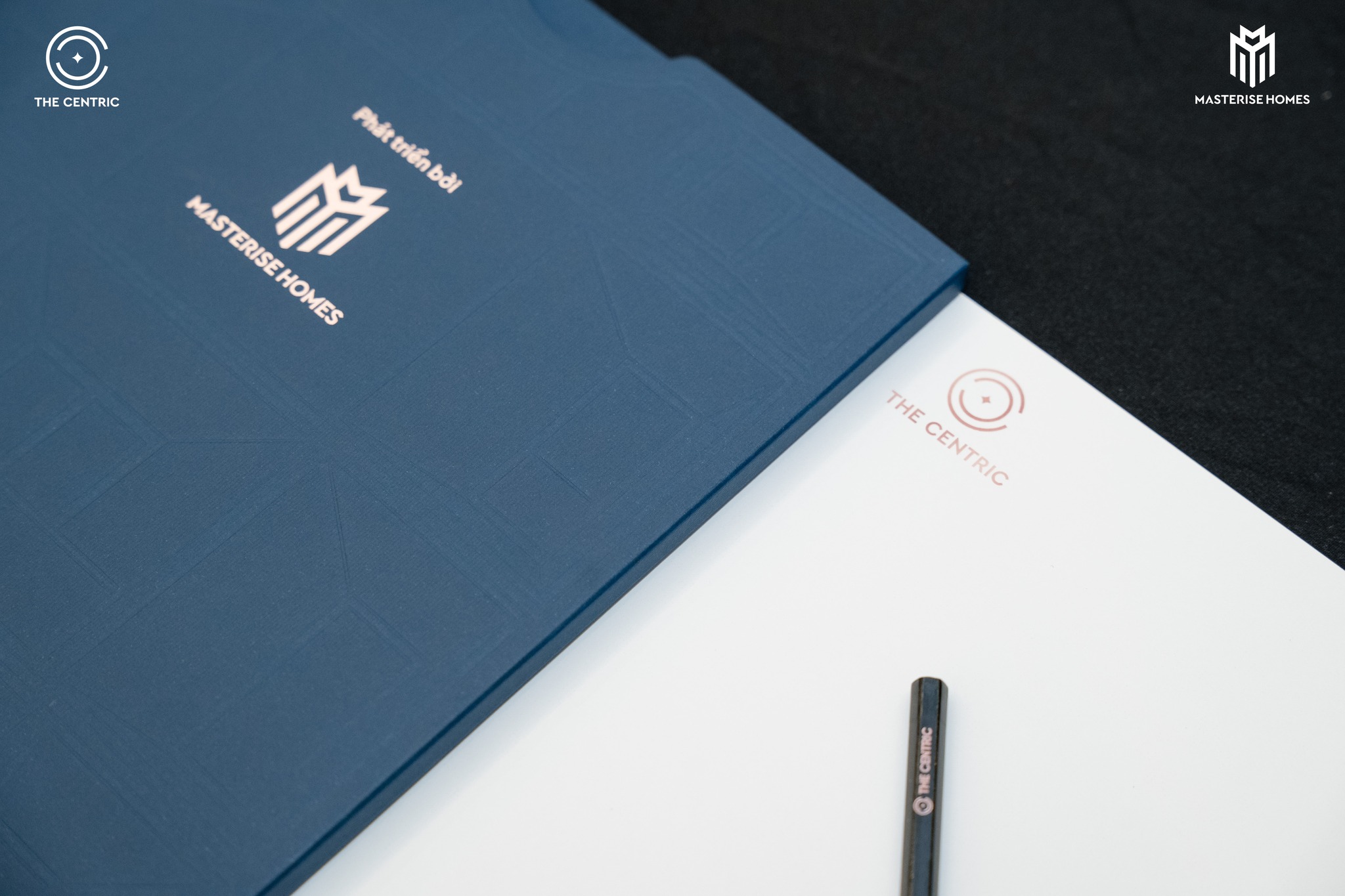The French focused on developing Hai Phong into a crucial port city of the Gulf of Tonkin from the early 14th century, and it officially appeared on the map of Indochina in 1888. This led to the creation of century-old structures such as the City Theater, Central Post Office, Railway Station, and City People’s Committee building. These clearly demonstrate the rich historical, cultural, social, and economic depth of Hai Phong, one of the earliest developed cities in modern Vietnam.
The combination of Asian and European elements has left distinct marks, creating cultural, linguistic, architectural, and culinary heritage in Hai Phong to this day. This is also one of the reasons for the distinctive character of Hai Phong people: open-minded, liberal, strong, straightforward, business-savvy, and ready to embrace new things.
Along with its historical depth and significantly developed social and technical infrastructure, Hai Phong has been known for decades as one of the most prosperous port cities in the country.
Hai Phong
Illuminating the Land

of Heritage
“Illuminating the Land of Heritage” is the theme of the 2024 Hai Phong Red Flamboyant Flower Festival, with a strong declaration about officially “activating” the key economic pillar according to Hai Phong’s economic growth solution from 2024: Tourism – Commerce. Tourism will play a pivotal role, with an important milestone when Cat Ba Archipelago, along with Ha Long Bay, was recognized as a UNESCO World Natural Heritage Site in 2023.
Besides the Cat Ba Archipelago, Hai Phong is also famous for many other cultural and spiritual tourist attractions, as well as distinctive natural landscapes, seas, and islands:Lan Ha Bay, Voi Mountain, Hai Phong City Theater, Cao Quy Stakes Field, Tuyet Tinh Coc (Farewell to Love Valley), Hai Phong Cuisine
